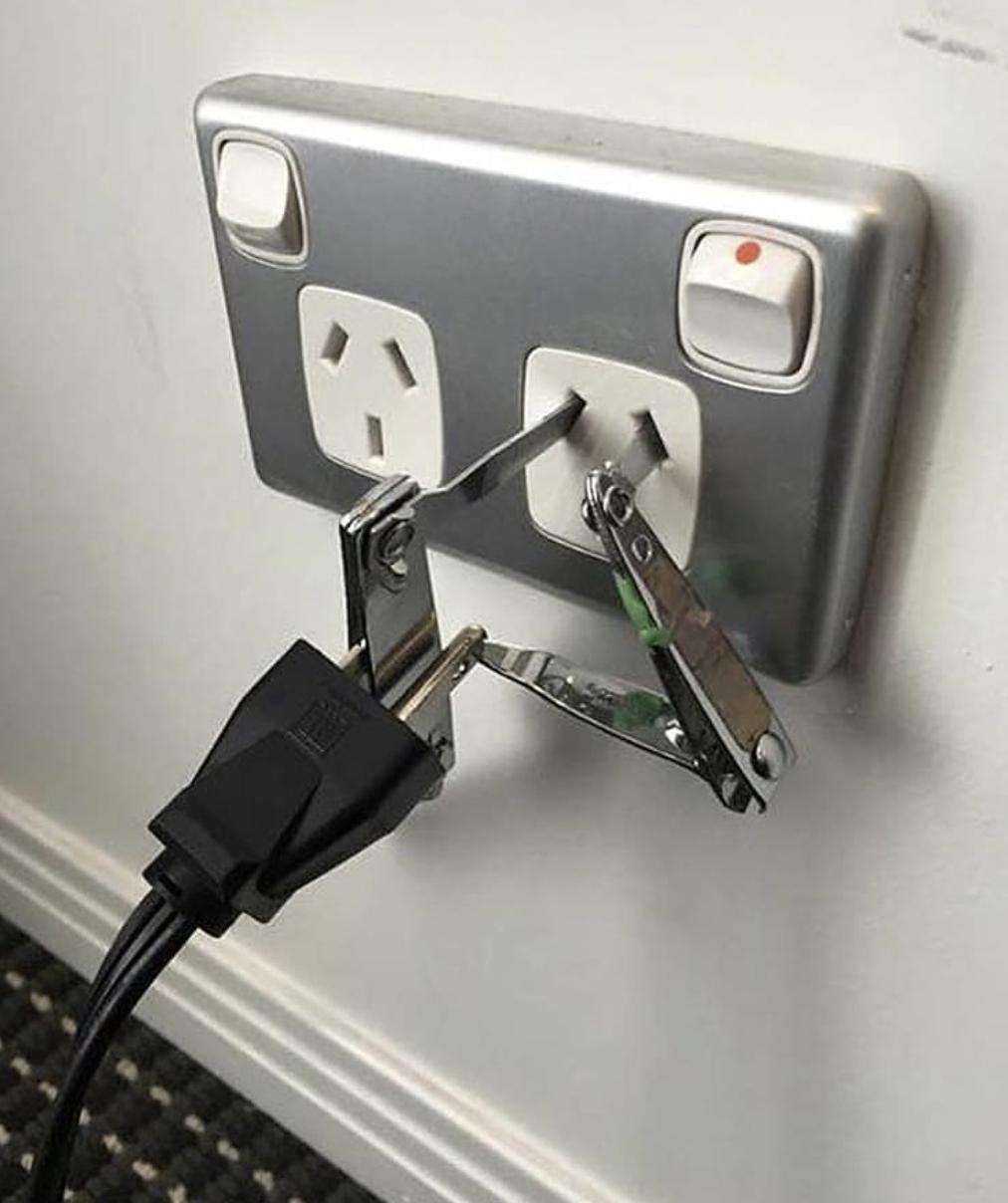

I gave more detail of what happened in the other post under this thread. It never went to court. IIRC, the city accepted my argument.
But indeed you are right. The court case could have gone as you suggest had it occurred. I think the gov is just bluffing and intimidating people into beautifying their landscapes.
















Removed by mod